Brick architecture and brickwork in different historical periods of Iran
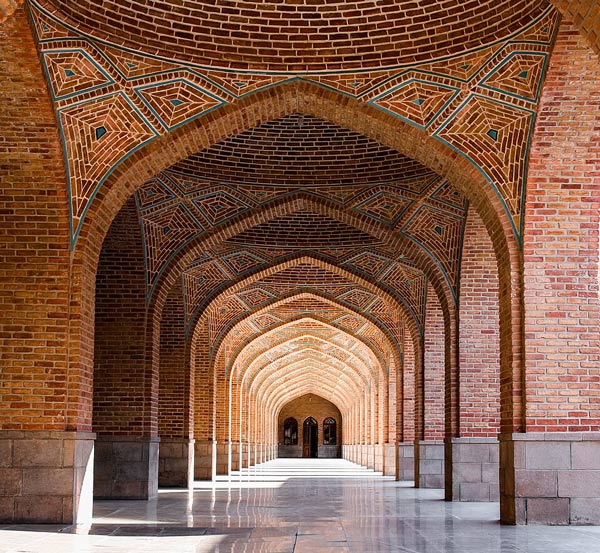
When you touch the brick and see its unique beauty, you will not even think about the ups and downs path this material has passed from the past to the present to take place in the heart of Iranian architecture and the people of this country. But you should know that the evolution of brick architecture in Iran is very readable and interesting!
Brickwork and architecture in each dynasty of Iran have a special color and flavor and have undergone changes according to different conditions and periods of time. Stay with us until the end of this article to learn interesting information about bricks.
Brickwork has been of interest in Iran since the Achaemenid period, reaching its peak during the Seljuk period. For many years, Seljuk brick architecture remained unique. Over the years, the use of brick flourished for various reasons and declined at other times. This downward trend continued until the middle of the Qajar reign when brickwork flourished again and continued until the second Pahlavi dynasty.
Brick is one of the materials that has always played a prominent role in forming Iranian architectural spaces. In general, Iran is one of the countries that has a strong background in using bricks.
The history of brickmaking in Iran goes back to the time of the pre-Babylonian governments. The ovens found in Susa are proof of this. As mentioned in the article on Chogha Zanbil Ziggurat, this masterpiece is the oldest and the largest work of pre-Islamic brick architecture in Iran.
In every historical dynasty, the uses of brick in our land Iran were very diverse and they used it in different parts of a building such as skeleton, walls, and even in decorative applications.
The richness of the art of brick architecture in Iran is so great that Simon Ayvazian, an Iranian architect, photographer, and musician, wrote the following about brick and its place in Iranian architecture:
Brick in Iranian architectural works is not a particle in front of the whole architectural works, but a unit that sits in the heart and soul of architectural works and has a decisive role. A brick in a building is like a musical alphabet in music or a word in a poem.
From this word, we can get the concept that just as words are needed to write a poem and notes are needed to make a piece of music, bricks play the same vital role in Iranian architecture.
Before an explanation in this regard, it is necessary to clearly state the meanings and expressions of the brick architecture and brickwork, which are very visible in this text. Despite their differences, these two terms are mistakenly used interchangeably in some sources in the same sense.
Brick architecture is a style of architecture in which the main element used is brick, and any kind of space created by bricks is considered a work of brick architecture. But brickwork refers to the art of arrangement and fixing of bricks, which is done in order to provide decorative views that fit the overall shape of the building and avoid uniformity, which is done in different artistic ways.
In this article, it is said about brick architecture in the following Iran Dynasty:
- The Seljuks Dynasty
- Kharazmshahs Dynasty
- Ilkhanid Dynasty
- Timurians Dynasty
- The Safavids Dynasty
- Zandiyeh Dynasty
- Qajar Dynasty
Brick architecture in the Seljuk Dynasty.
Seljuk rule is the age of architectural expansion, especially the boom of brick architecture. At this time, the art of brickwork in Iran was so luxurious that it advanced to faraway places, even Africa. During the Seljuk period, brick decorations became popular. For these reasons, this period has been called “the period of development and evolution of the art of brickwork”. In some sources, due to the wealth of brickwork in this period, the Seljuk dynasty is also called the “golden age of brickwork after Islam”.
The history of art passed one of its best periods at this time and the first large mosques with a central courtyard, halls, and four porches were formed for the first time during this period. This style is the basis of religious architecture in Iran and many religious places and even caravanserais and schools were built in this style in later periods.
The following projects can be mentioned among the outstanding works of the Seljuk dynasty.
- Ardestan Grand Mosque
- Qazvin Mosque
- Golpayegan Mosque
- Tomb of Sultan Sanjar
- Red Dome in Maragheh
- Mehmandoost Tower in Damghan
- Toghrul tower in Ray city
The combination of façade brick with other materials was done for the first time during this time, and as mentioned earlier, the Seljuk era was the time of the perfection of the art of brickwork, to the extent that no more magnificent works similar to the Seljuk works can be found in any period after that. The interesting thing about the architecture of this time is that the peak of Seljuk brick architecture coincided with the decline of this government.
Brick architecture and brickwork during the time of the Kharazmshahs Dynasty
Due to the Mongol attack, there is no comprehensive information about the architecture of this era and few architectural works have been left. But according to these few and precious examples, we can see that the architecture of this period was very similar to the Seljuk style of architecture. It is because of the similarities that some of the buildings of this time are attributed to the Seljuk government. Of course, this is also the case with many works of the Kharazmshah dynasty. In general, from the point of view of other arts, this era is considered the same as the Seljuk period
Malek Zozan Mosque, Foroud Mosque and Gonabad Jame Mosque are among the most prominent buildings of the Khwarazmshah period in Khorasan. There are many brick decorations in these mosques. Geometric patterns of molded bricks, which were called “patterned tiles” are also abundantly seen in the buildings of this era.
Of course, this also happens in many works from the Khwarazmshah period. In general, in terms of other arts, this period is considered the same as the Seljuk period.
The Malek Zuzan Mosque, the Forumad Mosque, and the Gonabad Jame Mosque are among the most prominent buildings from the Khwarazmshah period in Khorasan. There are also many brick decorations in these mosques. Geometric patterns of molded bricks, which were called “decorated pottery,” are also abundant in buildings from this period.
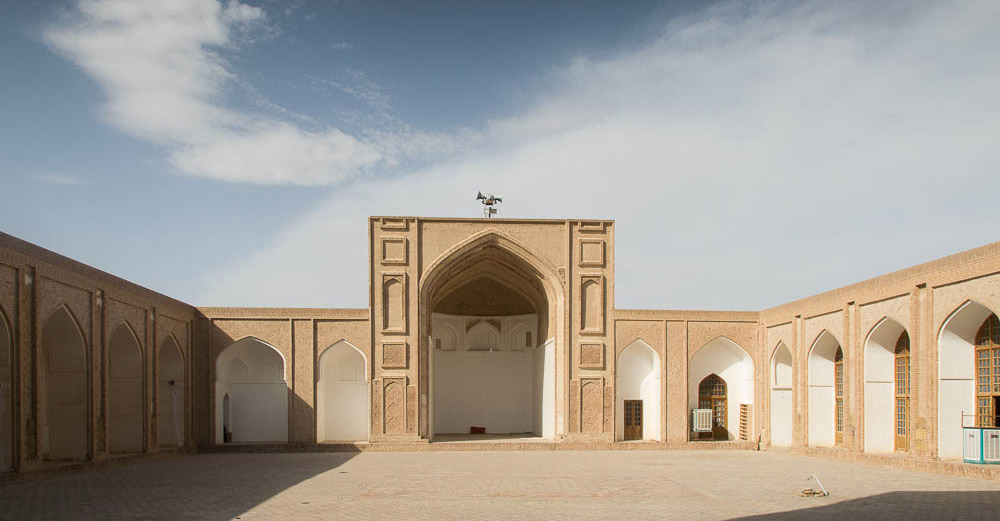
Gonabad Mosque, an example of brick architecture and brickwork from the Kharazmshahs Dynasty
Brickwork during the Ilkhanid Dynasty
Despite the extensive destruction they caused, the Ilkhanids supported artists and invited many of them to Iran, which they considered their homeland. It can be said that the brick architecture of the Ilkhanid period did not create a new style in architecture, and was in a way a follower of the Seljuk architecture.
However, what was of great interest and made significant progress during this period was the method and techniques of brickwork execution. Combining brick with tiles and brick with embossed and embossed patterns are characteristics of Ilkhanid architecture. In general, during this period, brickwork gave way to stucco decorations.
At this time, there was also a major change in the techniques of brick vault coverings. An example that can be mentioned in this regard is the Soltaniyeh Dome in Zanjan.
The architecture of the Soltaniyeh Dome was so impressive that the architecture of many European churches, especially the Church of Santa Maria in Florence, was inspired by it.
At this time, the emergence of a type of small stamped bricks led to the emergence of unique brick decorations. Examples of them are the Grand Mosque of Varamin, the Jonban Minaret, and the Grand Mosque of Isfahan.
Brick architecture during the Timurid Dynasty
The brickwork of the Timurid period paved the way for significant advances in brick architecture in later periods. During the Timurid period, brick was placed under a layer of tiles. At this time, tiles were used in a decorative application and the construction of brick coverings for domes was perfected.
The Shamseh-Posh and Turkin show the development of this type of arch well. Among the prominent architects of this time, we can mention the master Ghiyath-ud-Din Shirazi, and among the works of this period, the Akhangan Tower or Akhanjan, the Ghiyathiyeh School, the Qa’en Mosque, and the Sangan Dome Mosque.
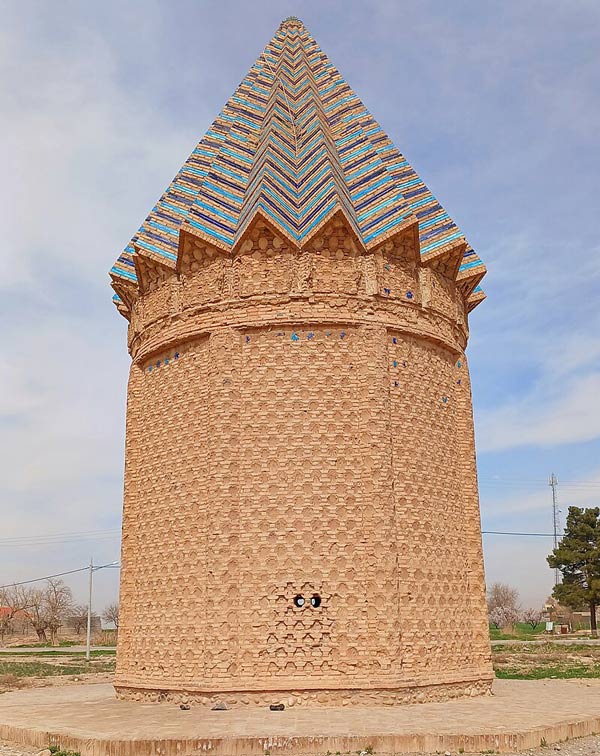
Mil Akhangan historical monument from the Timurid era
Brickwork during the Safavid Dynasty
During this period, tilework was more of a concern, and the importance of bricks and attention to them was decreasing day by day. This factor caused bricks not to be given the attention they should have during the Qajar period. Despite this little attention to bricks, lasting works of Safavid brickwork have been left behind. Vank Church in Isfahan and Qasr Bahram Caravanserai in Semnan are successful examples of Safavid brick architecture.
Various brick dovecote towers, brick lattice facades, and other items are also examples of the art of brickwork of that time. During the Safavid period, bridge construction also flourished, and many bridges named after Iran, such as the Si-O-Se Bridge, are relics of that time. During this period, the construction of brick reservoirs was also very important.
Iranian brick architecture during the Afshari and Zand eras
During the Afshari period, due to military conflicts and conflicts of this kind, the art of architecture did not progress much, and consequently, brickwork also received little attention. But then, during the Zand dynasty, brick architecture was again brought into focus and left behind unique buildings such as Vakil Bazaar, Vakil Mosque, Pars Museum in Shiraz, and the Citadel of Karim Khan Zand.

Vakil Bazaar, Shiraz
Brick architecture during the Qajar era
During the Qajar era, urban planning took on a new color and flavor, but tradition still dominated it. More precisely, it can be said that during this period, the principles of old architecture continued in the same way, but its details underwent changes and were improved. In general, Qajar architecture was influenced by Western architecture due to Iran’s good relations with Europe. For this reason, some have considered this time a period of decline and some have considered it a period of growth and prosperity, and have divided it into three general periods.
During this period, in addition to the exterior of houses, bricks were also used in the inner courtyard. Dezful was one of the cities that achieved great success in the field of brickwork during the Qajar era. In general, brickwork on the doors of residential buildings in the historical context of cities is also a relic of brick architecture from the Qajar era. The Masoudieh Mansion is a famous example of architecture during this period.
At this time, the art of axe work flourished and the taste of brickworkers in the emergence of brick decorations soared. The roofs of the bazaars were also built with brick arches during the Qajar period. An example of these bazaars is the Arak Bazaar.
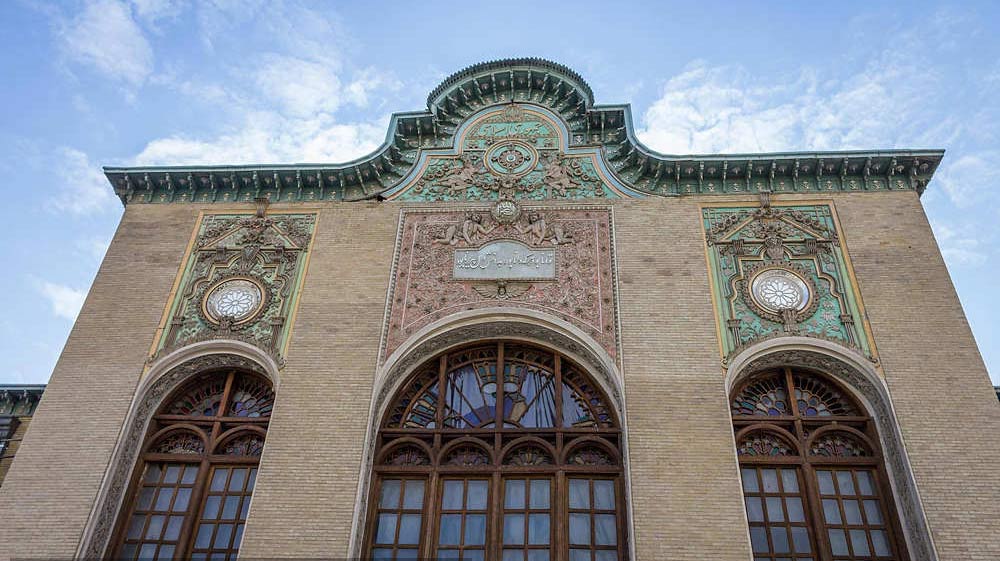
Masoudieh Mansion from the Qajar era
Final Words
This article attempted to address brick architecture and brickwork in different periods of Iran and its evolution in the following governments.
- Seljuks
- Khwarazmshahs
- Ilkhanids
- Timurians
- Safavids
- Zandids
- Qajar
Now, by touching a brick, we know what its interesting story is and what has brought brick to our use until today. For more information about the history of bricks and the art of brick architecture, visit our other articles on this subject. What information do you have about the evolution of the use of bricks in Iran? Share your views on this with us.






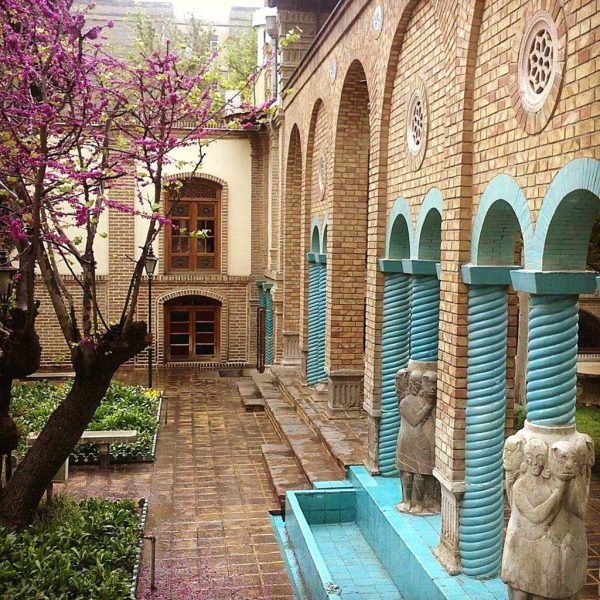

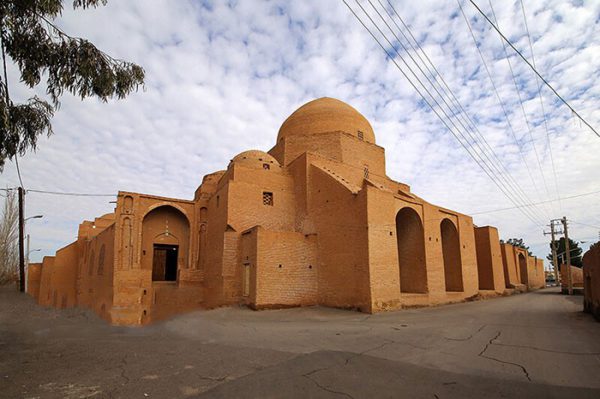
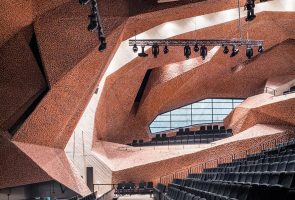
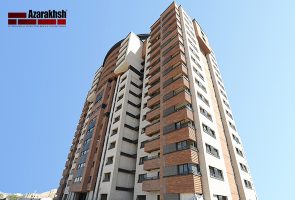
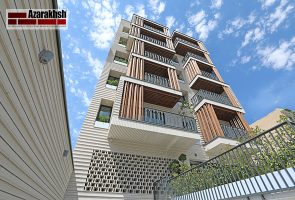
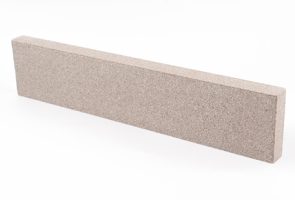
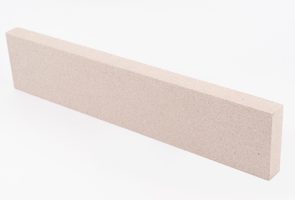
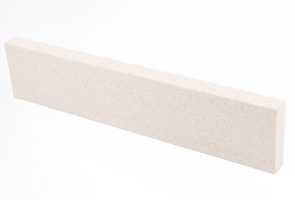

Comments
Your feedback is important to us. Please share comments or ask questions you haven’t found the answer to yet.